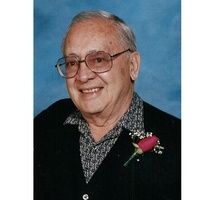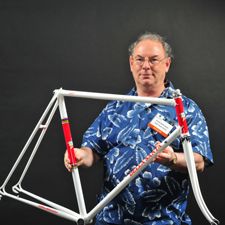I've ridden the block dozens of times. And walked it at least as often.
It's less than a kilometer from where I grew up. Relatives, friends and classmates lived along the streets that crossed it.
Unfortunately, for a 16-year-old boy, it's where his life ended.
Yisroel Schwartz was riding north on 17th Avenue, a narrow thoroughfare that runs through the heart of Borough Park, a neighborhood that is no as riding north on 17th Avenue, a narrow thoroughfare that runs through the heart of Borough Park, a neighborhood that is now home to one of the world's largest yet most cohesive Hasidic Jewish communities.
Although it's called an "avenue," it's narrower than most streets or roads in other American cities. And because the Hasidim, who have large families, are among the most car-reliant people in New York City, the avenue is often crowded--even when drivers aren't pulled over to pick up or discharge family members, or simply double-parked.
Those conditions, unfortunately, make getting "doored" a particular hazard. That was the last lesson Yisroel Schwartz learned in his brief life.
He saw the door opening and swerved. But he couldn't avoid it, striking the door and falling to the pavement.
But it gets worse: While prone, he was struck by an Econoline E350 van that was heading in the same direction. He suffered severe trauma to his head and body, and was pronounced dead soon after arriving at Maimonides Medical Center, about halfway between that block and my old house.
Both drivers--of he car whose door he struck and the van that struck him--remained at the scene of the accident. The NYPD are investigating. Knowing that stretch of 17th Avenue--which I probably wouldn't ride if I weren't so familiar with it--I am actually inclined to give the van driver at least, the benefit of the doubt. No matter your cycling or driving skills, it's really hard to get out of the way on that stretch of the Avenue, between 53rd and 52nd Streets.
It's less than a kilometer from where I grew up. Relatives, friends and classmates lived along the streets that crossed it.
Unfortunately, for a 16-year-old boy, it's where his life ended.
Yisroel Schwartz was riding north on 17th Avenue, a narrow thoroughfare that runs through the heart of Borough Park, a neighborhood that is no as riding north on 17th Avenue, a narrow thoroughfare that runs through the heart of Borough Park, a neighborhood that is now home to one of the world's largest yet most cohesive Hasidic Jewish communities.
Although it's called an "avenue," it's narrower than most streets or roads in other American cities. And because the Hasidim, who have large families, are among the most car-reliant people in New York City, the avenue is often crowded--even when drivers aren't pulled over to pick up or discharge family members, or simply double-parked.
Those conditions, unfortunately, make getting "doored" a particular hazard. That was the last lesson Yisroel Schwartz learned in his brief life.
He saw the door opening and swerved. But he couldn't avoid it, striking the door and falling to the pavement.
But it gets worse: While prone, he was struck by an Econoline E350 van that was heading in the same direction. He suffered severe trauma to his head and body, and was pronounced dead soon after arriving at Maimonides Medical Center, about halfway between that block and my old house.
Both drivers--of he car whose door he struck and the van that struck him--remained at the scene of the accident. The NYPD are investigating. Knowing that stretch of 17th Avenue--which I probably wouldn't ride if I weren't so familiar with it--I am actually inclined to give the van driver at least, the benefit of the doubt. No matter your cycling or driving skills, it's really hard to get out of the way on that stretch of the Avenue, between 53rd and 52nd Streets.





















